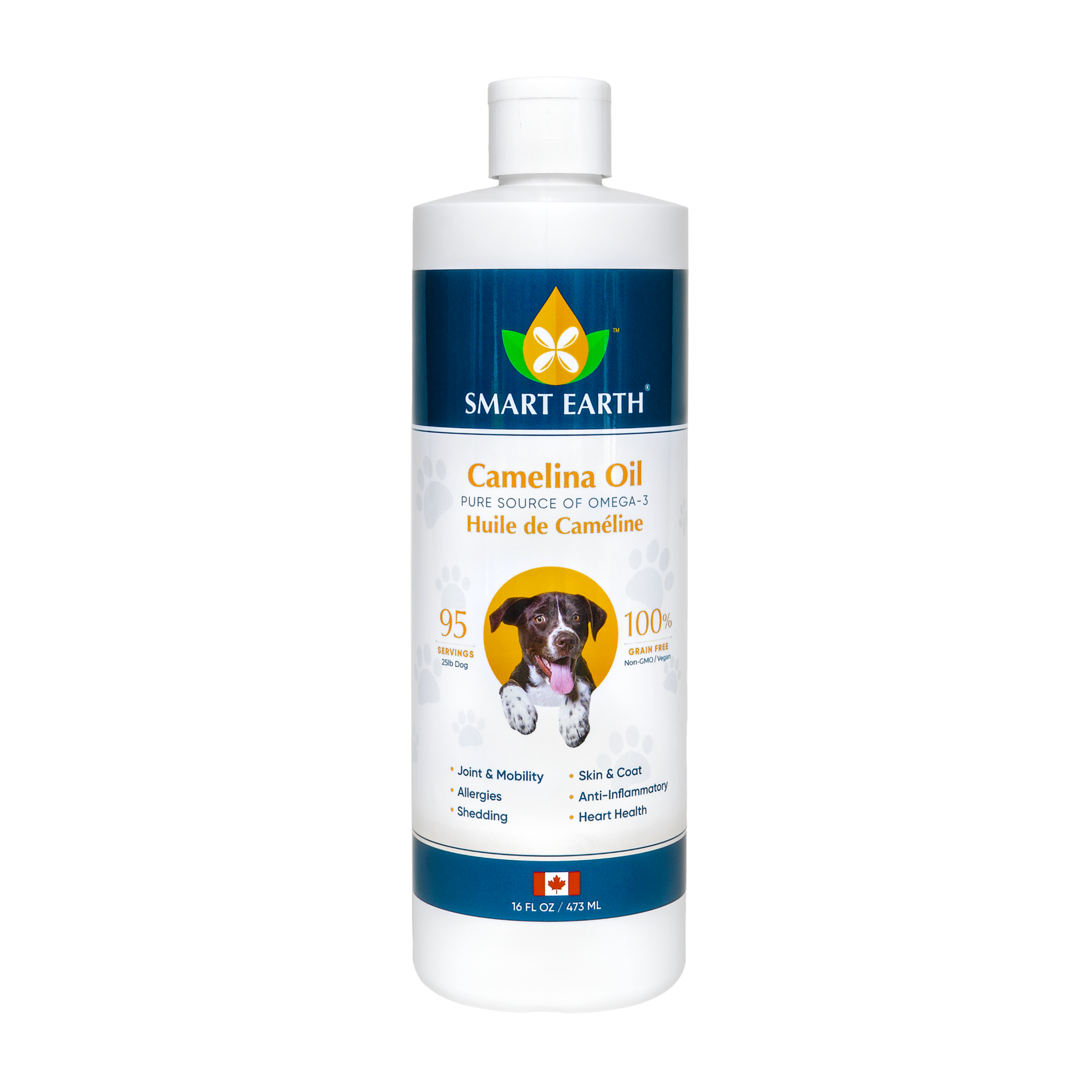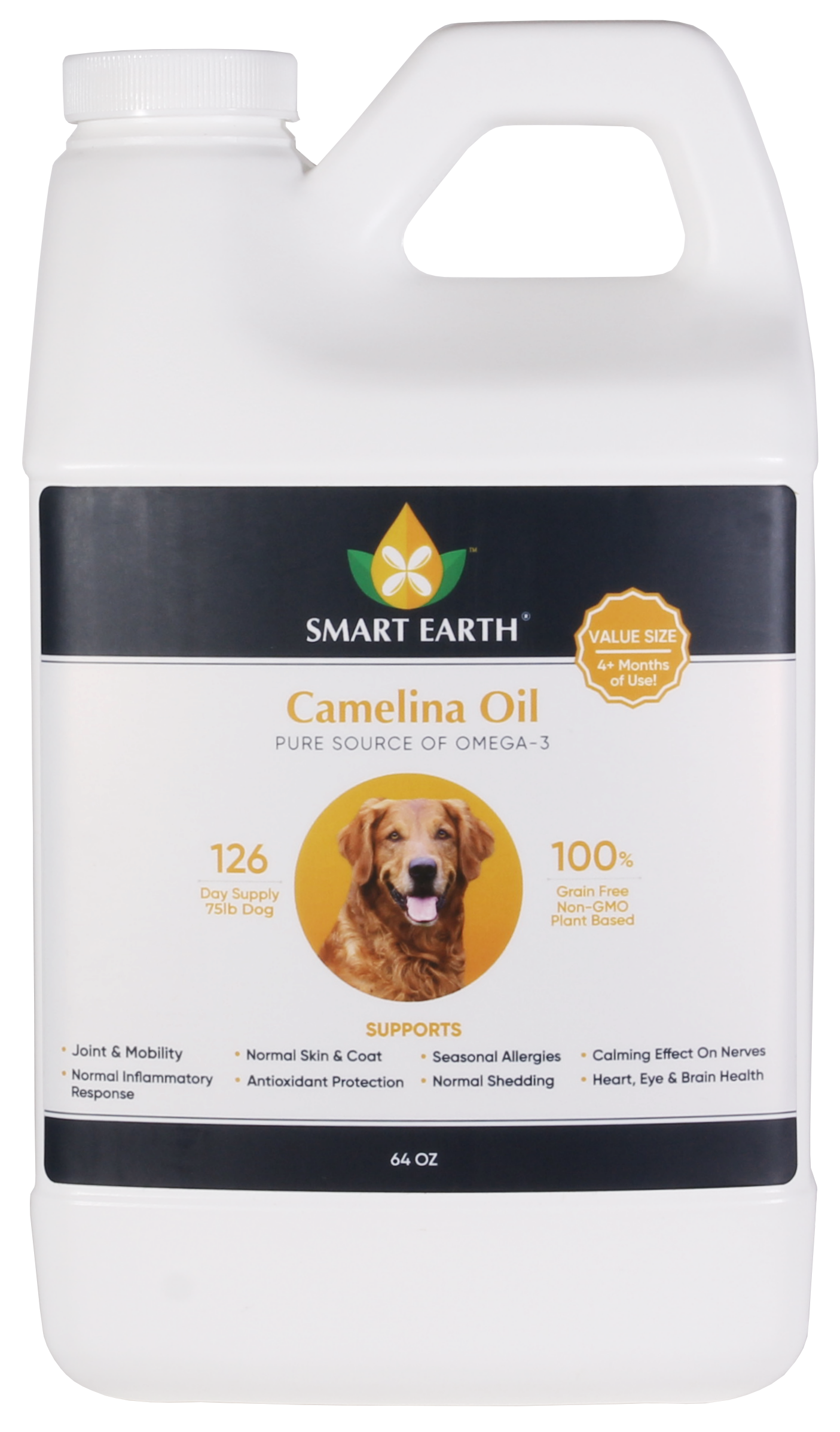No Products in the Cart
Written by: Sarah Seward-Langdon
Published on: 03/29/2023
If you’re facing the question of which food is the best option for your dog, you’re not alone! It’s okay to be overwhelmed—there are just so many types of foods being offered. So, let’s help you dig into 3 types of dog foods that are growing in popularity: freeze dried, raw, and dehydrated raw. More information and understanding the differences can help you make this important decision!
When it comes to feeding our dogs, every pet parent wants to provide their precious furry friends with the best possible nutrition.
However, with so many options on the market, it can be difficult to know which type of food is right for your dog! Not only are there a ton of brands to choose from, there are also numerous types of foods.
It makes sense if it’s hard to make a decision!
So, we’re here to help. If you’re still trying to make a choice before your new puppy arrives, or you want to switch your current companion onto something different, this is the blog for you!
In this article, we’ll compare 3 popular types of dog food: freeze-dried, raw, and dehydrated raw. We’ll explore the differences between the three, and outline some of the things to watch out for when choosing the right food for your furry friend.
There are lots of different variations on the definition of processing. When we talk about processing, we consider this “the act of preparing, changing, or treating food or natural substances as a part of an industrial operation.” [1]
One of the main differences between freeze-dried, raw, and dehydrated raw is how they’re processed.
Freeze-dried dog food is first frozen, then goes through a process of dehydration through “sublimation”. Sublimation happens when a substance moves from being a solid to gas—skipping the liquid stage. This is how freeze-dried food has its moisture removed and is more shelf stable. [2]
Raw dog food is just raw meat and bones, often with added vegetables and fruits. It is the least processed food on the market in most cases; however, raw dog food still goes through some processing. This processing can include things like grinding the meat or pureeing the vegetables!
In contrast, dehydrated raw dog food is created by removing all moisture from raw ingredients through evaporation. It is quite similar to freeze-dried food, but the moisture is removed at a slightly higher temperature in dehydrated raw products. The temperatures to make dehydrated raw food are still lower, and therefore better for nutritional retention, than regular dry kibble/ [2]
Freeze-dried dog food is often considered to be nutritionally complete to AAFCO standards, as the process of removing moisture doesn’t affect the nutritional contents of the ingredients very much.
Raw dog food is considered as close as possible to what some people deem a dog’s natural diet is—also considered to be biologically appropriate. Many raw manufacturers produce their raw food to be nutritionally complete by itself, or through a rotation of their offerings.
Dehydrated raw dog food is also nutritionally complete, but should always be rehydrated before serving! Most people don’t consider moisture as part of their dog’s diets; however, it’s crucial for a healthy dog.
Freeze-dried dog food is considered to be the most convenient option, as it does not require refrigeration and has a long shelf life. Raw dog food must be stored in the refrigerator or freezer and has a shorter shelf life. Dehydrated raw dog food is also shelf-stable but must be rehydrated before serving.
Each type of food choice has its own positives and negatives. Furthermore, what some people consider an issue, others aren’t bothered by. So let’s go over some possible benefits and disadvantages of each type of dog food.
Pros:
Freeze-dried dog food is a convenient and can be a nutritionally complete option for pet owners who are looking for high-quality food for their dogs
Process of removing moisture from the ingredients doesn’t affect their nutritional content much
Long shelf life, making it ideal for those who are always on the go
Cons:
Freeze-dried dog food can be more expensive than other types of dog food
May not be suitable for dogs with sensitive stomachs
Some dogs may not be fond of the crunchy texture of freeze-dried food
Pros:
Raw dog food is considered to be the closest to a dog's ancestral diet, as it contains a balanced combination of meat, bones, and other ingredients
Often preferred by pet owners who are looking for a more natural and biologically appropriate diet for their dogs
Cons:
Raw dog food requires refrigeration and has a shorter shelf life if not frozen, making it less convenient than other types of dog food
There is a risk of bacterial contamination, and it’s important to handle raw dog food properly to avoid illness
Pros:
Dehydrated raw dog food can be a nutritionally complete option
Convenient to serve and store because it has a long shelf life
Cons (similar to those of freeze-dried):
Dehydrated raw dog food can be more expensive than other types of dog food
May not be suitable for dogs with sensitive stomachs
Extra step: Rehydrating

✅ Single ingredient, 100% pure Camelina Oil.
✅ Non-GMO
✅ Ideal balance of Omega-3 compared to other products, like soybean oil.
✅ Canadian produced and operated.

✅ Single ingredient, 100% pure Camelina Oil.
✅ Non-GMO
✅ Ideal balance of Omega-3 compared to other products, like soybean oil.
✅ Canadian produced and operated.
Quality of Ingredients: When choosing a dog food, it’s important to check the quality of the ingredients and ensure that they are appropriate for your dog's needs. Look for foods that contain high-quality proteins and whole food ingredients—hopefully lots at the start of ingredient lists. Avoid those with filler ingredients like corn, wheat, and soy.
Also, did you know that it’s easy to change ingredients without changing the labels right away? Make sure to follow your brand of choice for updates or make inquiries if you want full peace of mind!
Nutritional Balance: It’s important to choose a food that provides a balanced ratio of essential nutrients, including protein, fats, carbohydrates, vitamins, and minerals. Or if you pick one that isn’t, you know how to make it balanced for your dog!
Consult with a veterinarian to determine your dog's specific nutritional needs and choose what you’ll feed your dog based on balanced recipes or addition of supplements, like bone for calcium or camelina oil for essential fatty acids.
Age and Life Stage: The nutritional needs of dogs change as they age and throughout different life stages (puppy, adult, senior). Choose a food that is appropriate for your dog's age and life stage to ensure they are getting all the nutrients they need.
Brand Reputation: Finally, do your research and choose a reputable brand that has a history of providing high-quality dog food. Look for brands that have been around for a long time and have positive customer reviews.
You can even look at their website or social media to see if they provide education to their potential and current customers.
There are many factors to consider when choosing the right food for your dog. Whether you choose freeze-dried, raw, or dehydrated raw dog food, it’s important to consider each of the factors above, as well as any special needs your unique dog requires.
It’s important to remember that dogs are individuals too! What works for one dog may not work for another, and that’s okay.
Before making any decisions, always consult with a veterinarian to determine your dog's specific nutritional needs and choose a food that meets those requirements.

✅ Single ingredient, 100% pure Camelina Oil.
✅ Non-GMO
✅ Ideal balance of Omega-3 compared to other products, like soybean oil.
✅ Canadian produced and operated.

✅ Single ingredient, 100% pure Camelina Oil.
✅ Non-GMO
✅ Ideal balance of Omega-3 compared to other products, like soybean oil.
✅ Canadian produced and operated.
Sarah is a marketing specialist with a passion for anything creative! Her openness to working across industries and job opportunities has allowed her to gain enormous amounts of experience in graphic design, video production, and written content creation. Animals have a special place in her heart as she grew up with cats and now owns her own Alaskan Malamute. She has spent the last couple of years in Vancouver working with different companies within the pet industry and gained valuable knowledge about the ins and outs of the (alternative) pet food industry, supplementation, and various training methods. When she’s not digitally creating content for pet lovers to consume, she’s out eating great food, dancing at drop-in classes, or exploring the beautiful Canadian scenery with her fur-child Miso.